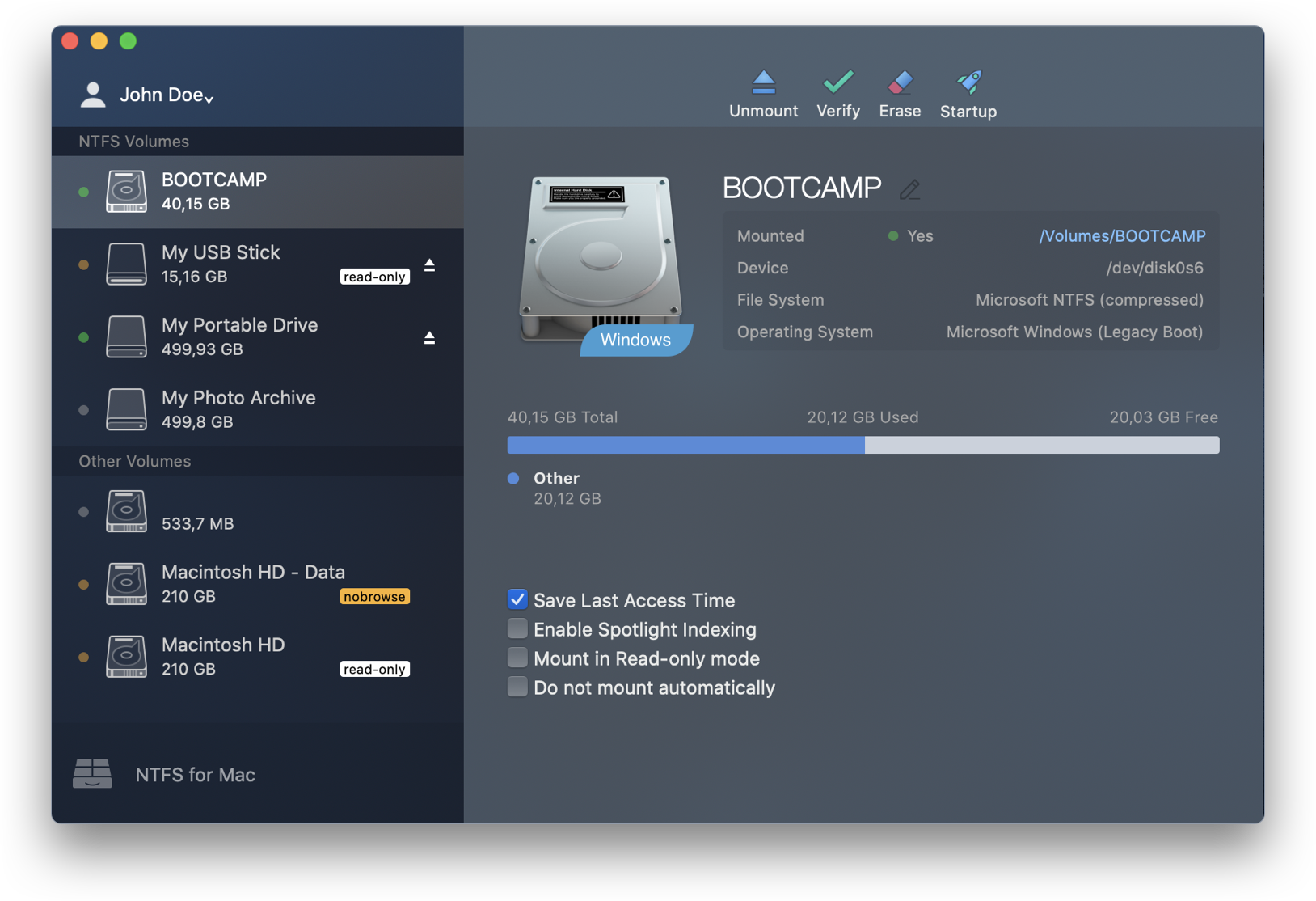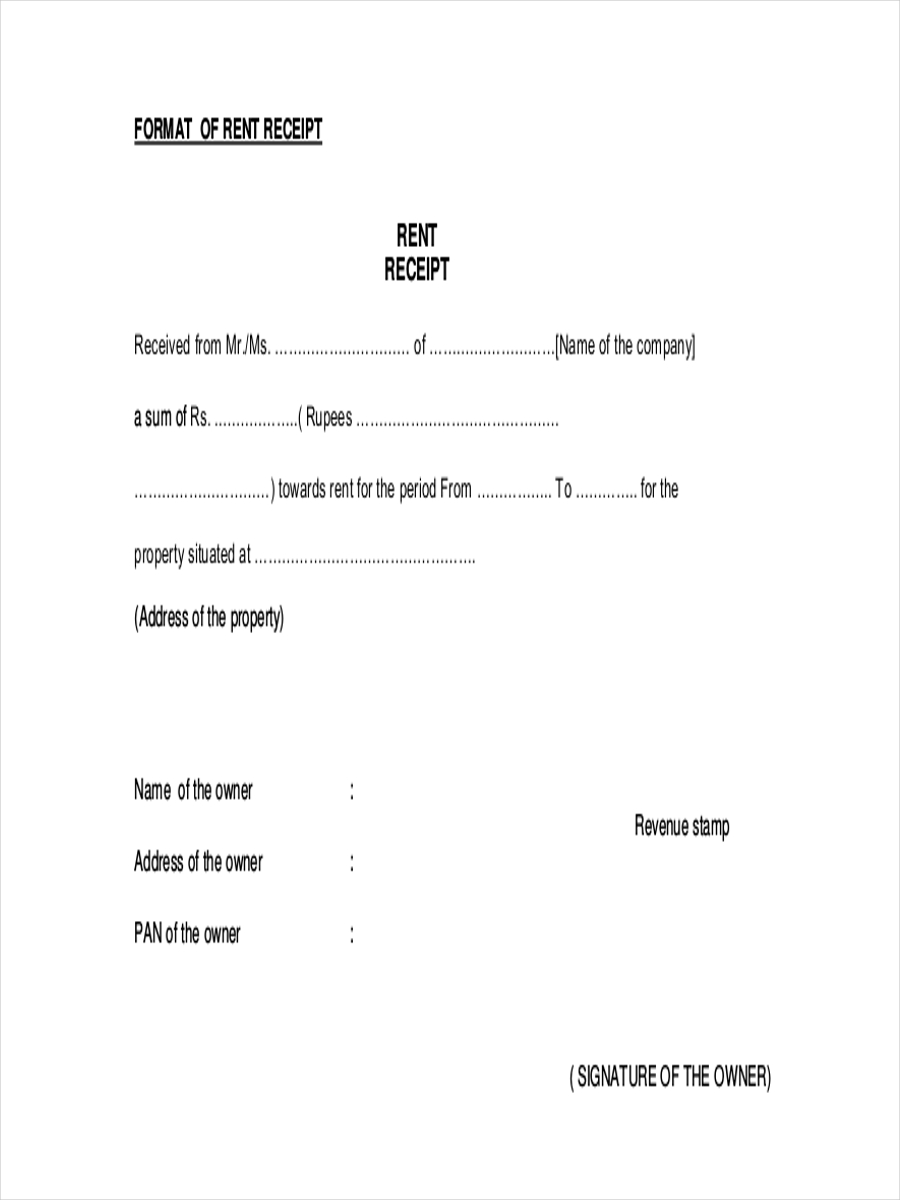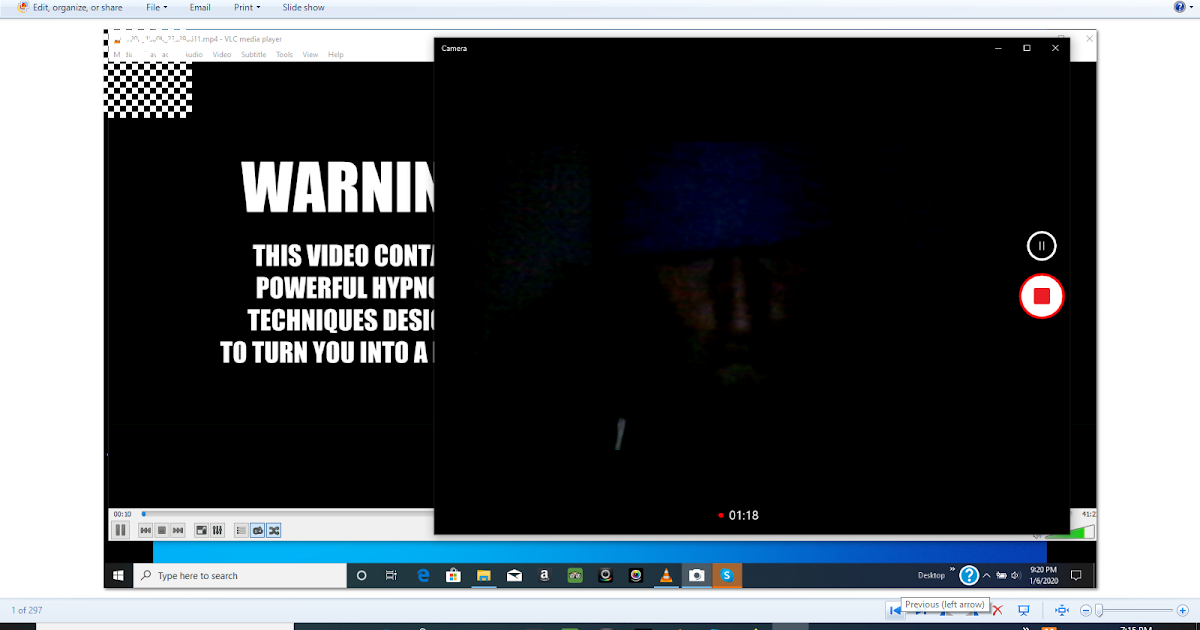Get information and tips for entering advanced Exchange settings in Outlook 2016 for Mac. Settings include options for changing port numbers, using SSL, downloading message headers, and setting server addresses.
- Download Microsoft Outlook for macOS 10.13 or later and enjoy it on your Mac. A qualifying Microsoft 365 subscription is required for this application. Microsoft 365 includes premium Office apps, extra cloud storage in OneDrive, advanced security, and more, all in one convenient subscription.
- Start quickly with the most recent versions of Word, Excel, PowerPoint, Outlook, OneNote and OneDrive —combining the familiarity of Office and the unique Mac features you love. Work online or offline, on your own or with others in real time—whatever works for what you’re doing.
Microsoft’s servicing model for Exchange 2013 and 2016, and presumably for all future versions of Exchange Server, involves quarterly releases known as cumulative updates (CUs).
Each CU release is supported for three months after the release of the next CU. In effect this means a CU is supported for six months. This allows customers time to test and validate new CUs before deploying them to their production environment. It’s quite common for customers to run “one CU behind”, or N-1, as a way of reducing the risk of upgrades. In other words, they’re waiting to see whether any major issues are reported by other customers before they deploy the update themselves.
Because CUs become unsupported after six months, Microsoft removes them from the download center. The removal takes place three months after support ends, so a CU is available for a total of nine months. At any given time you can expect to find only the three most recent CUs for each of Exchange 2013 and 2016 available for download. For example, today the latest CU for Exchange 2016 is CU8. The download center has CU8, CU7, and CU6 available, but not CU5 or earlier.
This creates some problems for customers who are not updating their Exchange servers often enough:
- The Exchange servers will be running an unsupported build. This in itself is not a huge problem. The server won’t suddenly explode just because the build it’s running isn’t supported any more. But, the server may be vulnerable if there have been security updates included in new CUs. Integration with third party products may also become unstable, as can hybrid configurations with Office 365. And Microsoft Support may require you to update to a supported CU before they can help you with a problem that you raise a support ticket for.
- CU installs, when the customer eventually gets around to them, will be riskier. Microsoft tests N-2 upgrade scenarios. For example, when Exchange 2016 CU8 is released, it has been tested for upgrades from CU7 and CU6, which are the two previously supported CU builds. Upgrading from CU5 or earlier, while still supported, hasn’t been tested. So you as the customer are taking on more risk.
- Updating while staying within supported Exchange and .NET Framework configurations becomes complicated. Exchange needs to run on supported versions of the .NET Framework for performance and stability. In recent years, Microsoft has been very clear in their guidance to customers about which .NET FX versions to use, and which to avoid. When a newer .NET Framework version is going to be necessary, Microsoft gives advance warning of the change on the Exchange team blog. For example, in December 2017 support for .NET FX 4.7.1 was added for Exchange 2013/2016, and Microsoft advised that .NET FX 4.7.1 will be required for the June 2018 CU releases, providing customers ample time to plan the update.
That last point has been the source of some discussion lately, because it is becoming a real problem for customers who have not been staying up to date with CUs and are running on older, unsupported builds. Granted, it is a self-inflicted wound, but it’s a problem nonetheless. Screencast o matic download mac free.
The problem is that customers running out of date Exchange builds need to navigate their way to the latest CU while staying within the boundaries of supported .NET Framework versions. MVP Michel de Rooij provided an example in his blog post. A customer running Exchange 2013 CU6 with .NET FX 4.5.1 needs to go through a multi-step upgrade process to get to the latest CU available today (Exchange 2013 CU19):
- Upgrade to Exchange 2013 Cumulative Update 15
- Upgrade .NET Framework to 4.6.2
- Upgrade to Exchange 2013 Cumulative Update 19
- Optionally, upgrade .NET Framework to 4.7.1
Microsoft Exchange Download All Emails
The first roadblock with that upgrade path is that Exchange 2013 CU15 is no longer available for download. In any scenario such as this where an intermediate CU is required to stay within .NET FX support boundaries, you will not be able to download the update that you need.
That upgrade path is made even more challenging because Microsoft has removed the .NET support information from TechNet for older, unsupported versions of Exchange Server. So charting an upgrade path for every possible scenario is not possible using Microsoft’s documentation.
3rd-party data transfer app could also be of great tool to help you transfer movies from Mac to iPad, just like Leawo iTransfer for Mac, a professional iOS data and file transfer app that is designed for Mac users to transfer up to 14 types of data and files between iOS devices (iPhone, iPad and iPod), iTunes and Mac computer. From the first scene to the last. Whether you’re using a Mac or an iOS device. Download movies from ipad to mac. Preview, buy, or rent movies in up to 1080p HD on iTunes. Browse more than 65,000 comedies, romances, classics, indies, and thrillers and your downloads will be instantly accessible. Firstly, launch it on your PC, then connect iPad to computer. Wait for a while, your iPad data will be organized as different categories, like Music, Movies, Photos, Playlists, Videos, Camera Roll, etc. Click the second one, you will enter your movie files, pick some of them and touch 'Export', movies will be transferred to your PC in a minute. Connect iPad to your Mac. You can connect using USB, or if you set up Wi-Fi syncing, you can use a Wi-Fi connection. In the Finder sidebar on your Mac, select your iPad. Note: To use the Finder to transfer files, macOS 10.15 or later is required.
Fortunately, Michel has captured the older information in his blog post for us all to reference when needed.
As a helping hand to customers who are stuck in a situation like the hypothetical one we’ve just seen, Microsoft has issued new guidance on the Exchange Supportability Matrix.
When upgrading Exchange from an unsupported CU to the current CU and no intermediate CUs are available, you should upgrade to the latest version of .NET that’s supported by Exchange first and then immediately upgrade to the current CU. This method doesn’t replace the need to keep your Exchange servers up to date and on the latest, supported, CU.
Microsoft makes no claim that an upgrade failure will not occur using this method, which may result in the need to contact Microsoft Support Services.
That solves the main technical problem, though it doesn’t entirely remove all the risks.
You can avoid getting yourself into such an upgrade hole by following these recommendations:
- Maintain your Exchange servers by upgrading to supported builds when they are released, or within the support period for that CU release.
- Download all CU releases for your version of Exchange, whether you plan to deploy them or not. This is especially important for consultants, as I know many of you encounter very outdated Exchange versions when you take on new customers. I store the CUs on a NAS. It isn’t very expensive to do so. And you never know when you or a customer will need a specific CU for upgrades or for a server recovery.
- Always check the CU release notes and the Exchange Supportability Matrix so that you can update .NET Framework when you are installing a new CU. This will keep you within the supported versions, and handle the updates in a single maintenance window.
Photo by Anastasia Petrova on Unsplash
Paul is a Microsoft MVP for Office Apps and Services and a Pluralsight author. He works as a consultant, writer, and trainer specializing in Office 365 and Exchange Server.

Microsoft has plugged some key gaps in its 'new Outlook' for macOS, currently in preview and given a fresh update just a few days ago, but the product still has puzzling omissions that drive users back to the old version.
The revised Mac Outlook was first revealed at the Ignite event in late 2019. It appears to be a complete rebuild of the Mac email client, geared towards Office 365, but the question administrators will be pondering is whether important features in the existing Outlook will ever appear in the new one.
The history of Outlook on the Mac is inglorious. Microsoft and Mac go back a long way. Excel, for example, was a Mac application two years before it appeared on Windows. When it came to Outlook though, Mac users lost out. Outlook on Windows goes back to 1997, but the first full Mac version did not appear until Outlook 2011, and even that was not very good, slower than the Windows version and missing some features, such as Visual Basic for Applications (VBA).

VBA has never come to Outlook on the Mac, but a 2014 release was much improved, as Microsoft began to push the idea of Office 365 everywhere rather than keeping users hooked on Windows.
The new Outlook for the Mac in its first preview (click to enlarge)
Fast-forward to today, and there is not that much missing in Outlook 365 for Mac versus Windows, VBA aside.
All that is set to change with the latest new Outlook Mac as the pendulum swings away from making the Mac Outlook close to the Windows one, and towards giving Mac users a more distinct experience. It is also a matter of protocols. The existing Outlook Mac uses Exchange Web Services (EWS) which is being phased out.
Outlook on Windows generally uses MAPI over HTTP, perhaps the nearest thing to a native Exchange protocol. Microsoft is not happy with either and for its 'modern' mail client in Windows 8 and Windows 10 it developed a new sync protocol. In the past this was sometimes called Hx but it seems now to go by the name Microsoft Sync.
When Microsoft acquired Accompli in 2014, whose product became Outlook Mobile, it used its own protocol but that too now uses Microsoft Sync. According to presentations at Ignite 2019, this new sync protocol is designed specifically for mail-related data and makes the best even of poor connections, prioritising recent data.
The move from EWS to Microsoft Sync enables new features and improved performance, and no longer downloads the entire mailbox to the local machine. System requirements are for macOS 10.14 Mojave and Office 365, Outlook.com or Gmail email accounts.
The snag with a rebuilt Outlook for Mac is that having nearly caught up with Windows Outlook, it is now far behind in terms of features. It is in preview and some will reappear, but it is unlikely to be the full set. It hardly qualifies as a mail client in its current incarnation, with no support for standard protocols like POP3 and IMAP, nor any way of connecting to on-premises Exchange.
Imagine OLE reinvented for the web and that's 90% of Microsoft's Fluid Framework: We dig into O365 collaborative tech
READ MORE'We don't support on-prem yet but it's going to come soon,' said Microsoft in November 2019; six months on it is not there yet. On the plus side, it not only looks pretty, with full support for the Mac's Dark Mode on Catalina, but also performs well, with a fluidity that frankly feels unusual in a Mac Outlook product.
Features of the new Outlook for Mac include a new unified inbox view that avoids clicking between accounts, if you have several configured. You can now reply to emails inline ('nested compose'), a convenience feature that has been in Windows Outlook for some time. There is a new 'ignore conversation' option. Creating meetings uses a new simplified dialogue that you can expand as needed.
As for the new features added in the June update, these include add-in support (a big deal), sensitivity labels for classifying confidential data, a People view for managing contacts, an option to create an event directly from an email, read receipts, and a 'coming soon' promise of the ability to open shared calendars and to encrypt emails with S/MIME.
The actual preview release did not quite live up to the promise. In particular, the People view is not yet enabled, thanks to some last-minute bug that was discovered. One gets the new Outlook by signing up to the Office 'Insider Fast' channel, and after the new version downloads and installs, one can switch back and forth by toggling a 'New Outlook' switch. If the user attempts to use a feature such as the People view, a message pops up inviting the user to switch back, wrecking the fluid experience but that is what one gets for trying a preview.

Microsoft Exchange Download Mac App

The current preview is not fully usable, but fortunately switching back is quick
The problem of Outlook on Windows being different from Outlook on Mac will get worse
Microsoft has not specified a release date for the new Outlook Mac but a few things are clear. First, it will be the best Outlook yet, perhaps on any platform, in terms of appearance and design. This is not a high bar: Outlook on Windows is a mess from a user interface perspective, and has dialogues buried within that have not changed for decades. Performance also looks promising.
Second, Outlook Mac will be focused on cloud, especially Office 365, though it also already has good support for Google mail. Teams integration will also be strong and Microsoft has demonstrated features like converting an event to a Teams meeting, handy in times of lockdown.
Lastly, the problem of Outlook on Windows being different from Outlook on Mac will get worse. What if Microsoft replaces the Windows version with a similarly rebuilt product? Perhaps it will; but the difficulty is that Outlook is baked into the Windows ecosystem and forms part of workflows, some automated with COM technology, that will break if Microsoft replaces it. Custom add-ins, VBA projects, ancient APIs that remain for legacy reasons, all mean this will be a tricky application to replace.

Creating a meeting in the new Outlook Mac: just drag in the calendar and this simple dialog pops up
Outlook on Windows is perhaps the most annoying of Microsoft's Office products, yet the job it does is a critical one, bringing together email, calendar and tasks, and providing collaboration features like shared calendars and contacts. Some legacy features, like Exchange public folders, made their way into Office 365 where they have become something of a burden to Microsoft.
The new Outlook for Mac, when it comes out of preview, will represent Microsoft's current thinking on how Outlook should look and behave in the cloud era, but it will be some time before that can apply in Windows as well. ®
